Steeped in a rich cultural tapestry, Vietnam’s art scene is as diverse and vibrant as the nation. Vietnamese art is a harmonious blend of tradition, history, and innovative perspectives.
Vietnamese art is an engaging chronicle of the country’s journey, bearing the imprints of its historical milestones and cultural evolution. From the intricacy of silk paintings and the rich narratives in embroidery to the glossy allure of lacquer painting, the traditional Vietnamese art forms demonstrate a unique artistic language that beautifully converges aesthetics, craftsmanship, and storytelling.
Table of Contents
- Art In Vietnam – Celebrating The Past, Present And Future
- Traditional Vietnamese Art Forms
- The Renaissance of Vietnamese Art
- Vietnamese Art As Historical Narratives
- Notable Vietnamese Artists
- Watch Our Short Stories About 5 Notable Vietnamese Artists & Artworks Explored Below!
- Frequently Asked Questions
- Related Questions
Art In Vietnam – Celebrating The Past, Present And Future
Vietnam, a country rich in history and culture, boasts a thriving and diverse art scene. Its art forms, ranging from silk paintings and embroidery to lacquer art, carry the marks of the country’s past and its evolving identity, often narrating stories of its history. As Vietnamese art garners international recognition, delving into its artistic landscape’s exquisite art forms is crucial.
In recent years, Vietnamese art has garnered increased global recognition, underscoring its expanding footprint in the world art scene. This renaissance, marked by an intriguing interplay of preserving the old and embracing the new, contributes to a dynamic and robust artistic ecosystem.
We will take you on a journey to explore the kaleidoscope of Vietnamese art – its distinct forms, evolution, and modern-day revival. We also delve into how these art forms narrate compelling stories about Vietnam’s past and present, highlighting the work of some of the country’s most notable artists.
Traditional Vietnamese Art Forms
Vietnamese has many exciting types of traditional art forms. Here are some of the better-known art forms.
Silk Paintings
One of the most distinctive forms of Vietnamese art, silk painting, originated from painting on ‘do’ paper, shifting to silk around the 19th century. The artists meticulously paint on silk canvas, their fine strokes harmonizing with the delicate and lustrous fabric.
The transparency of silk gives these paintings a sense of depth and luminosity, making landscapes and scenes from daily life appear dreamlike. Renowned artists like Nguyễn Phan Chánh and Vũ Đình Luân have significantly contributed to this art form.
Embroidery Art
Embroidery, in Vietnam, is an age-old tradition passed down through generations, primarily among women. With a rich spectrum of colors, the artists – or rather, embroiderers – weave intricate designs onto fabric, portraying everything from pastoral scenes to elaborate mythological narratives.
Some outstanding embroidery artists include Vũ Đức Trung and Nguyễn Thế Hùng.
Lacquer Painting
Lacquer art, known as “sơn mài,” is arguably the most unique Vietnamese art form. It involves applying and polishing several layers of lacquer to create glossy, in-depth artworks, often incorporating gold and silver leaf for added sophistication.
The labor-intensive process can take several months to complete. Famous Vietnamese lacquer artists include Nguyễn Gia Trí and Phạm Hầu.
Ceramics And Pottery
Vietnamese ceramics, with a history dating back thousands of years, embody both functional and aesthetic aspects. The country’s ceramic art is known for its variety in style, decoration, and glazing, reflecting the influences of different historical periods.
Bát Tràng, a small village near Hanoi, is especially famous for its exquisite pottery.
The Renaissance of Vietnamese Art
Today, Vietnamese art is undergoing a significant renaissance. The traditional art forms continue to be practiced and celebrated, keeping the connection to the country’s rich cultural past alive. Simultaneously, contemporary art, influenced by global trends, is blossoming, with artists infusing traditional techniques with modern themes and perspectives.
Silk painting workshops and schools have popped up, nurturing the next generation of artists and keeping this elegant art form alive. Similarly, embroidery and lacquer painting continues to thrive, with artists and artisans imparting their skills to enthusiastic learners. Traditional ceramics, too, find global recognition, with exports reaching worldwide collectors and enthusiasts.
Art festivals, local and international exhibitions, and online platforms have played pivotal roles in Vietnamese art’s resurgence and global appreciation.
Vietnamese Art As Historical Narratives
Vietnamese art, deeply rooted in its history, often narrates tales of its past. From depicting peaceful rural scenes to portraying war struggles, art has served as a powerful medium for storytelling.
The Vietnam War (1955-1975), in particular, profoundly impacted Vietnamese art, prompting a wave of poignant and provocative artworks.
Notable Vietnamese Artists
Vietnam has produced some very notable artists and fantastic artwork. These Vietnamese artists have left indelible imprints on the country’s artistic landscape:
Nguyễn Phan Chánh (1892-1984)
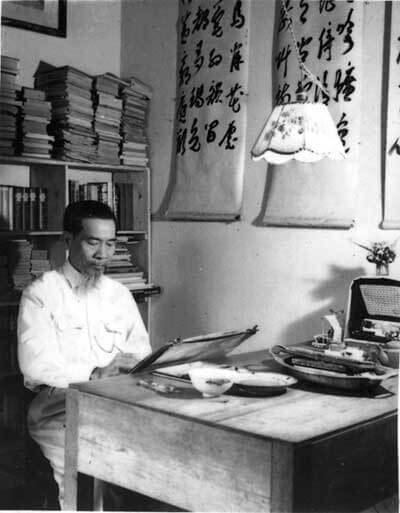
Recognized as the master of silk painting, Chánh breathed life into everyday rural scenes and the simplicity of Vietnamese countryside life through his art. His work, “The Girl Feeding the Bird,” is considered a national treasure.
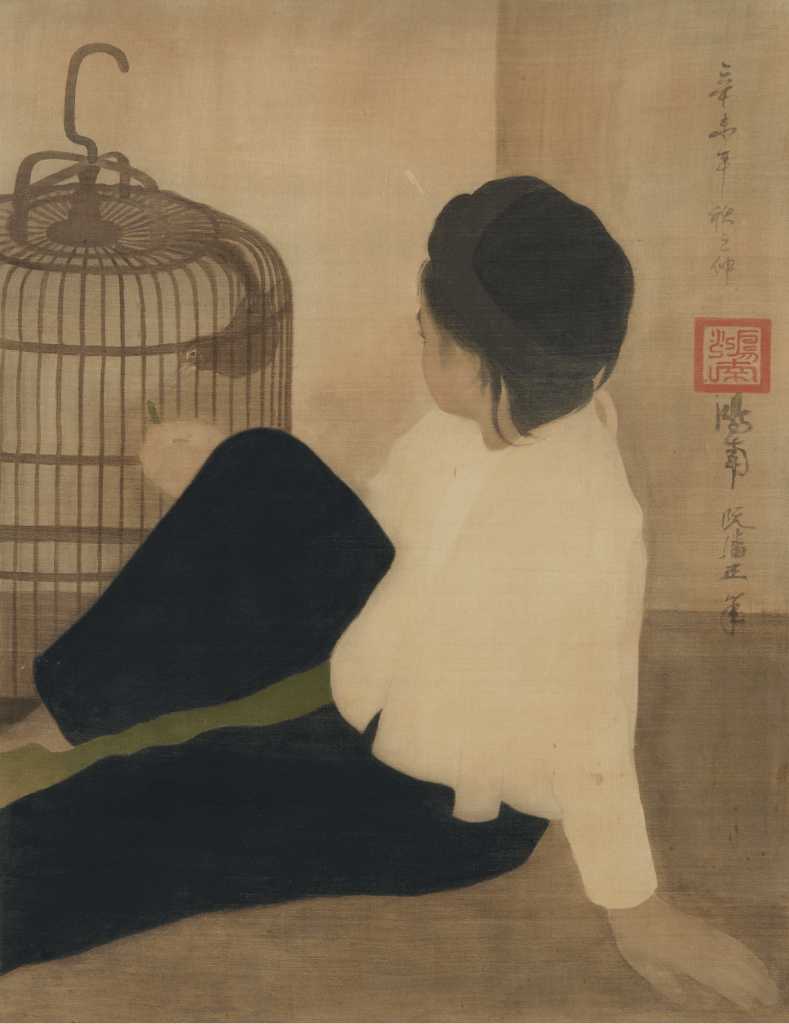
Nguyễn Gia Trí (1908-1993)
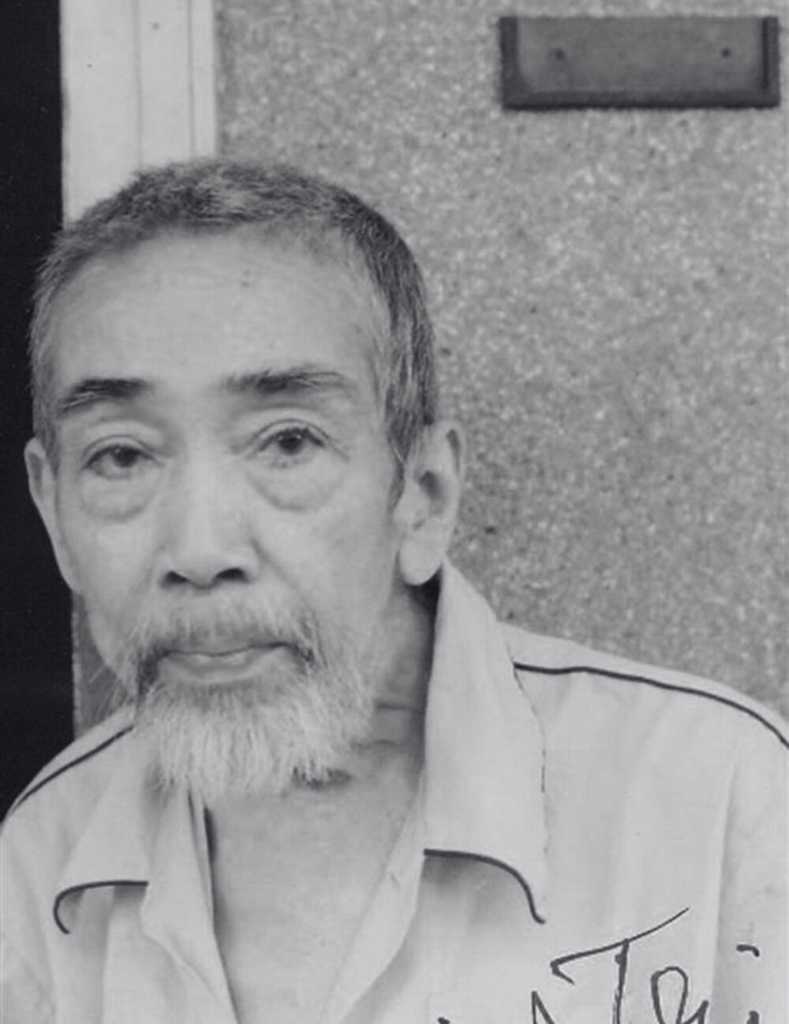
As a pioneer of Vietnamese lacquer painting, Trí’s works pushed the boundaries of this traditional medium, earning him recognition as a National Artist. His massive lacquer screen, “The Work of Maiden and Phu Dung Flower,” is one of his most celebrated works.

Tô Ngọc Vân (1906–1954)
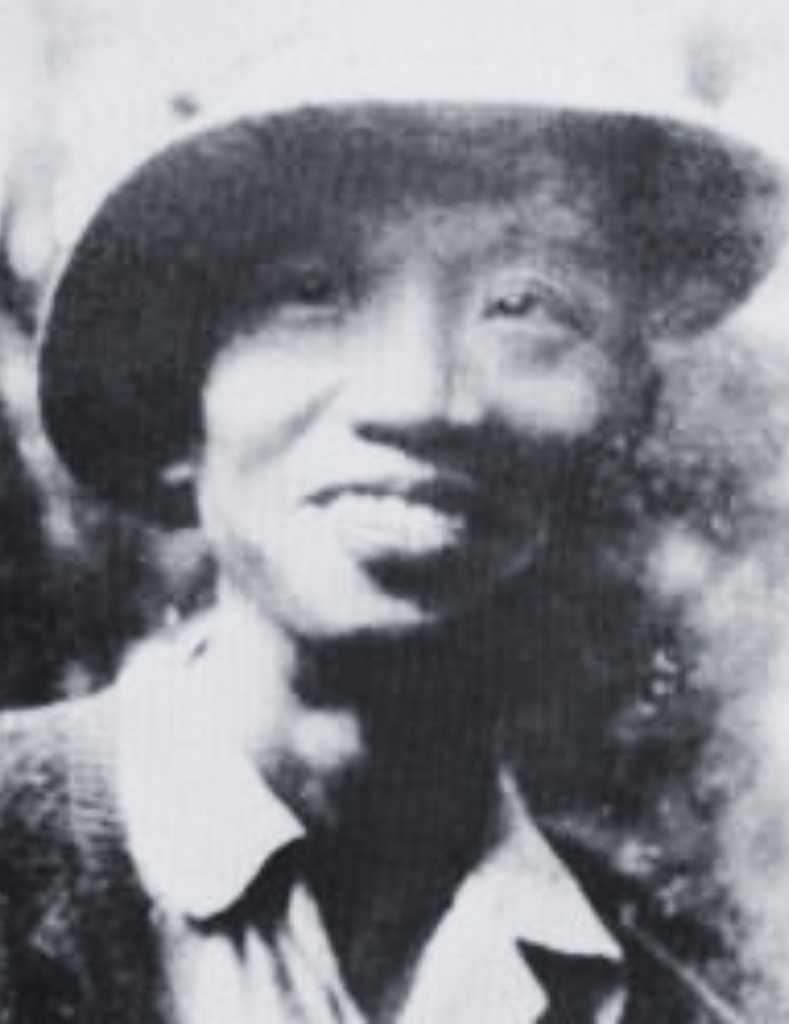
Renowned for his post-war art, Vân focused on human suffering and resilience. His painting “Le Songe Du Lendenmain (Dream of the Following Day” remains one of Vietnam’s most iconic artworks, symbolizing Vietnamese endurance.
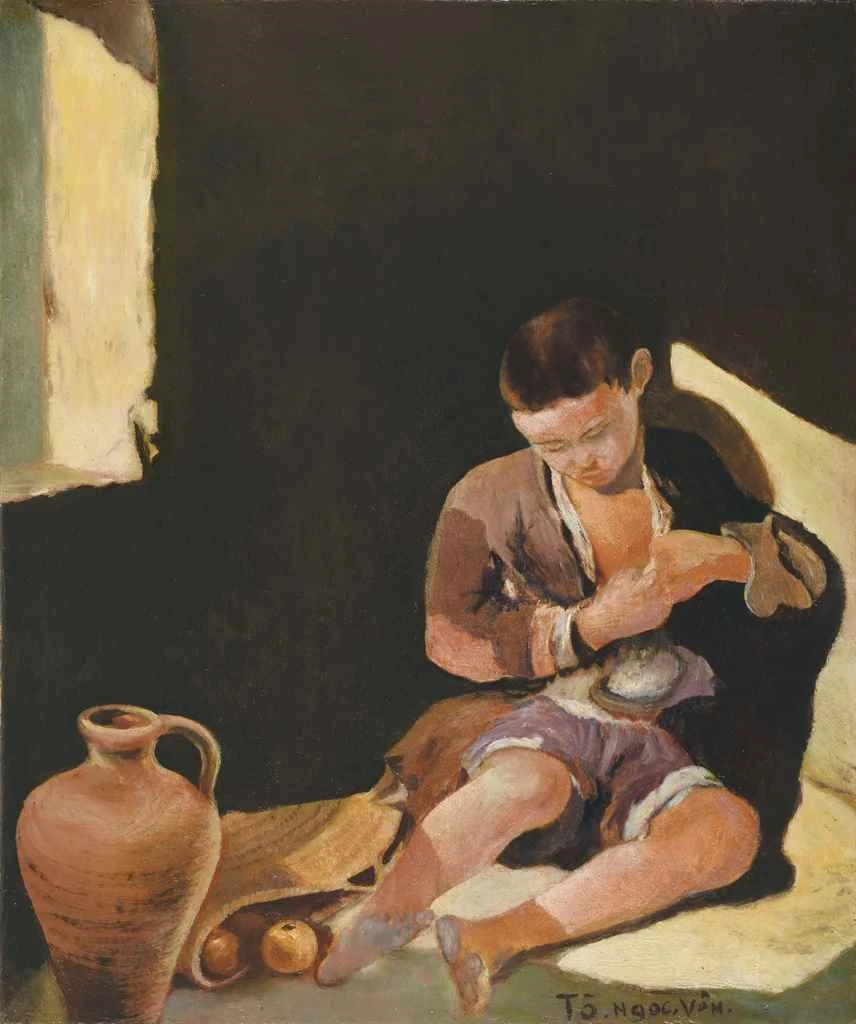
Trần Văn Cẩn (1910–1994)
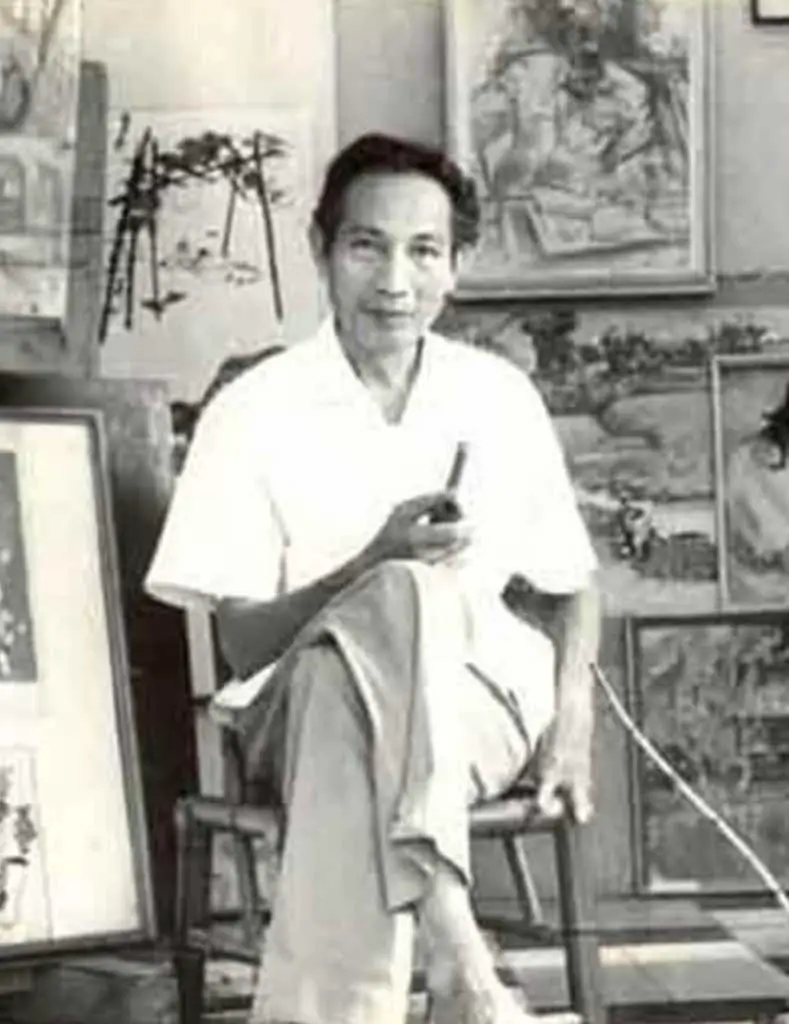
Cẩn is best known for his poignant depictions of Vietnamese people, particularly women. His detailed and sympathetic portrayal of ordinary individuals highlighted their grace and strength amid challenging times.
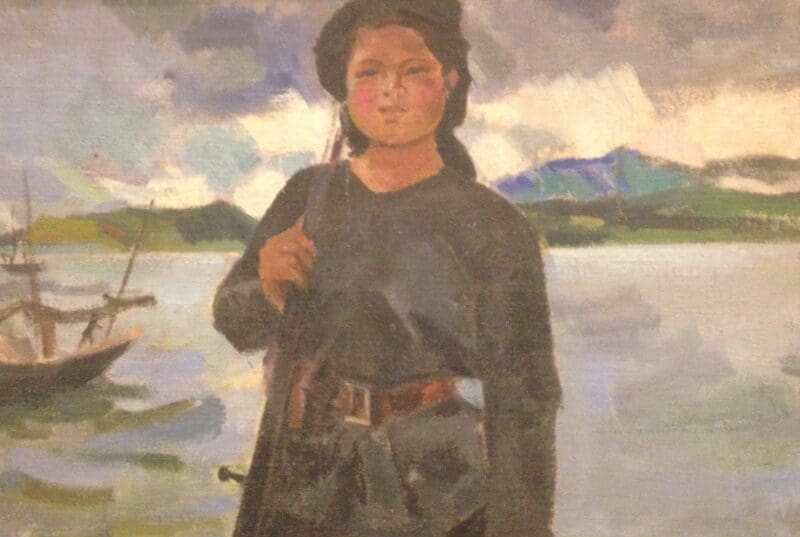
Bùi Xuân Phái (1920–1988)
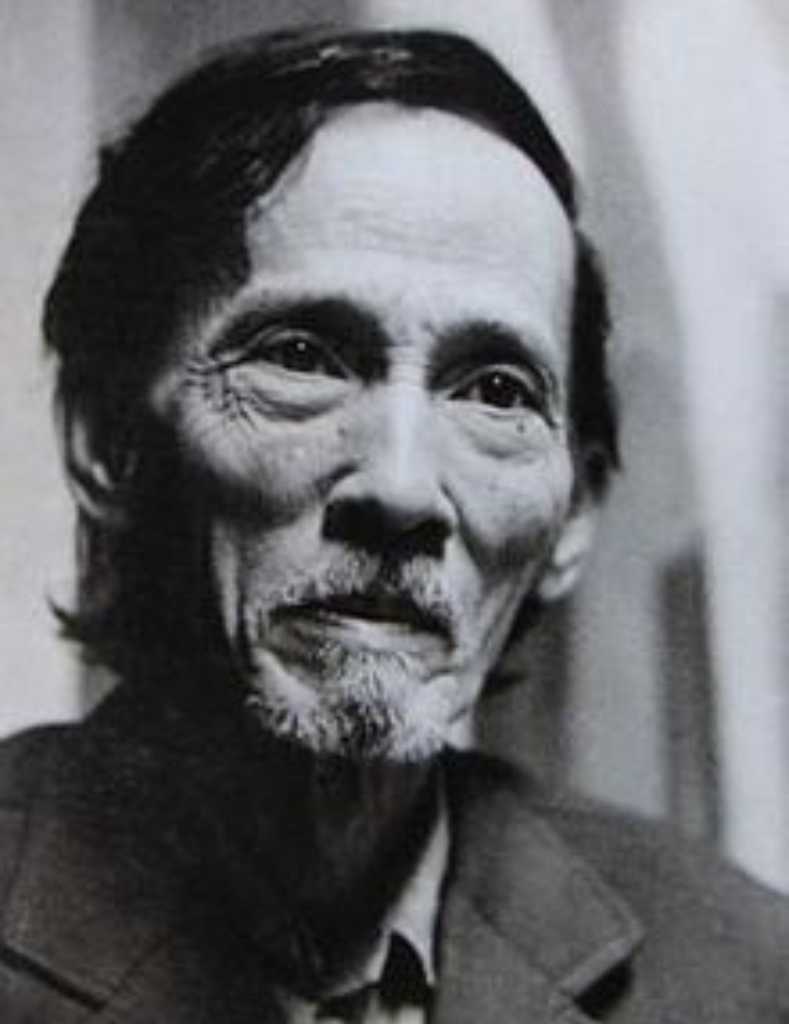
Phái’s name is synonymous with images of Hanoi’s old quarter or “Phố cổ Hà Nội.” His paintings capture the nostalgia and unique charm of his beloved city.

Vietnamese art, a harmonious blend of indigenous traditions and external influences, beautifully encapsulates the nation’s history, culture, and spirit. Traditional art forms like silk painting, embroidery, lacquer painting, and pottery are vital links to the past. In contrast, the flourishing contemporary art scene represents a dynamic, forward-looking nation.
The growing recognition of Vietnamese art globally underscores its cultural significance and potential, promising an exciting future for artists and art enthusiasts alike. Whether you’re an avid art collector or a casual observer, the journey through Vietnamese art offers a profoundly moving and insightful experience.
Watch Our Short Stories About 5 Notable Vietnamese Artists & Artworks Explored Below!
Anita Louise Art is dedicated to art education, great artists, and inspiring others to find and create their art. We love art that uplifts and inspires. #ArtToMakeYouSmile! #ArtToMakeYouHappy!
If you are interested to see any of my art, you can find out more by clicking here. If you are interested in what inspires me and my paintings, you can discover more by clicking here.
We have a free newsletter and would love you to be part of our community; you can subscribe to the newsletter by clicking here. If you have any questions, I would be happy to talk to you. You can reach me, Anita, by clicking here.
Subscribe to our Anita Louise Art YouTube Channel with great videos and information by clicking here.
Join us for our podcast “5 Minutes With Art.” Spend just 5 minutes a week with us to discover and learn about great art and artists. You can find out more about our podcast by clicking here.
Frequently Asked Questions
What defines the essence of Vietnamese art and its cultural significance?
Explore the fundamental aspects that make Vietnamese art distinctive, reflecting the nation’s rich cultural heritage and historical context.
How has Vietnam’s art scene evolved over the years, blending tradition with innovation?
Learn about the dynamic journey of Vietnamese art, tracing its development from traditional forms to contemporary expressions and the fusion of both.
What are some iconic traditional Vietnamese art forms, and how do they encapsulate the country’s history and culture?
Delve into the world of silk paintings, embroidery, and lacquer painting, understanding their symbolic value and the stories they tell about Vietnam’s past.
What role does storytelling play in Vietnamese art, and how is it reflected in various artistic mediums?
Explore the narrative threads woven into different art forms, highlighting the storytelling tradition in Vietnamese art and its evolution over time.
How do Vietnamese artists balance preserving cultural traditions with pushing artistic boundaries in the contemporary art scene?
Understand the delicate balance between preserving heritage and embracing innovation, as Vietnamese artists navigate the complexities of the modern art landscape.
Who are some influential Vietnamese artists, both from the past and present, who have left a lasting impact on the art world?
Discover the names and works of notable Vietnamese artists who have contributed significantly to the country’s art legacy and continue to shape its future.
What initiatives or events celebrate and promote Vietnamese art on a global scale?
Explore international platforms, exhibitions, and events that showcase Vietnamese art, fostering a broader appreciation and understanding of its cultural significance.
How can individuals actively engage with and support the preservation and growth of Vietnamese art?
Learn about ways in which art enthusiasts, collectors, and the general public can contribute to the preservation and promotion of Vietnamese art.
What trends are emerging in contemporary Vietnamese art, and how are artists addressing current social and cultural issues through their work?
Examine the evolving trends in modern Vietnamese art, with a focus on how artists use their creations to engage with and comment on contemporary societal issues.
What does the future hold for Vietnamese art, and how is it positioned on the global stage?
Gain insights into the prospective trajectory of Vietnamese art, considering its global influence and the potential directions it might take in the future.
Related Questions
Who Is The Vietnamese-American Artist An-My Lê?
An-My Le is an American – Vietnamese artist known for her landscapes photography that incorporates culture, history, and architecture in unique and exciting ways. She has photographed war reenactments and military training exercises through the photographic lens of the complicated beauty of the landscape itself.
By clicking here, you can learn more by reading Who Is The Vietnamese-American Artist An-My Lê?
What Does Japonisme Mean?
The term Japonisme is about the influence of Japanese art on European culture and arts. Most notably, Japanese woodblock prints influenced the Impression art movement. The Japanese Ukiyo-e woodblock print artists inspired many prominent artists from the Impressionism art movement.
By clicking here, you can discover more about What Does Japonisme Mean?
Why Is The Chinese Artist Ai Wei Wei So Famous? 7 Reasons Why
Ai Wei Wei is an extremely captivating artist who produces some amazing art installations. His art speaks of political activism as he places himself in the middle of world events. He uses Chinese art forms in his art, along with photography and video.
By clicking here, you can learn more by reading Why Is The Chinese Artist Ai Wei Wei So Famous? 7 Reasons Why.

